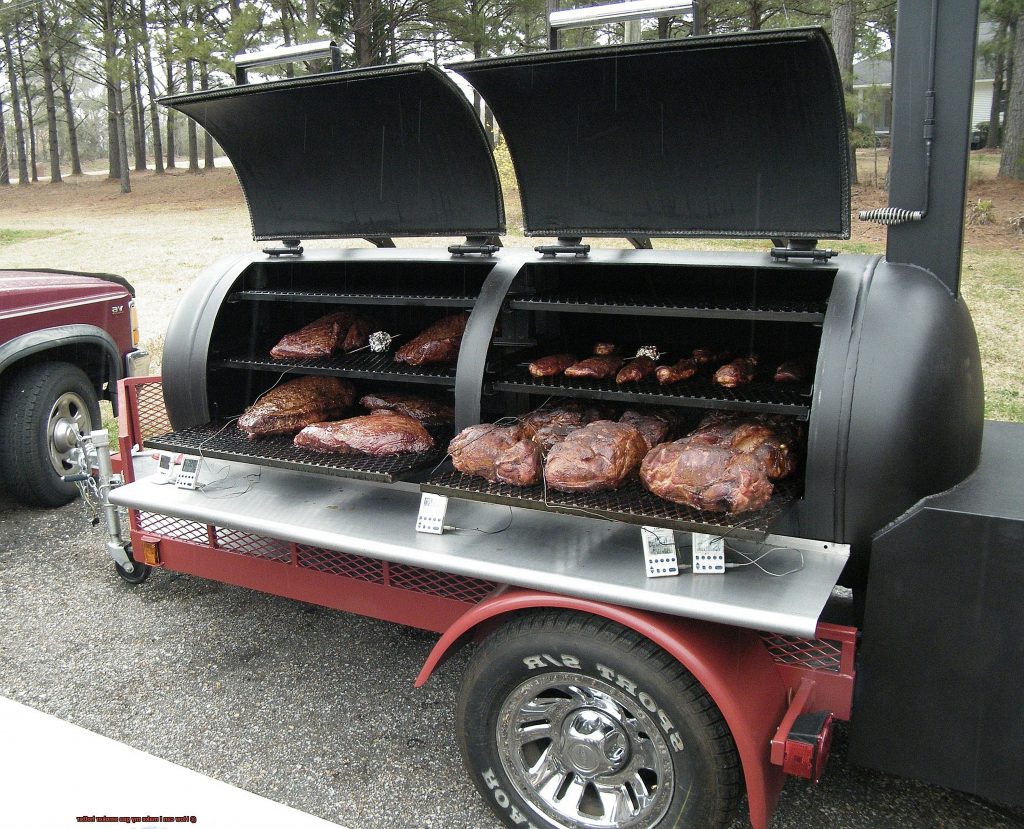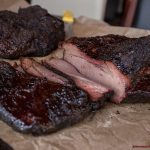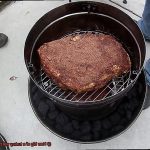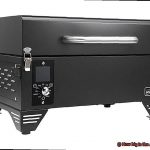Are you tired of struggling to get your gas smoker up to the right temperature? Do you feel like your favorite meat dishes are missing that perfect smoky flavor because your smoker just won’t heat up enough? Well, fear not. You’re not alone in this struggle. Many barbecue enthusiasts have faced the same issue and we’re here to help.
In this blog post, we’ll dive into the various ways you can increase the temperature of your gas smoker. Whether it’s adjusting vents and burners or trying out different types of wood chips, we’ve got you covered. We understand that achieving the right temperature is crucial for getting that perfect flavor, texture, and smoke infusion – whether you’re cooking brisket, ribs, chicken or fish.
With our tips and tricks, you’ll be able to master your gas smoker and impress your friends and family with mouth-watering bbq every time. So let’s get started on taking your barbecuing skills to the next level.
Contents
What is a Gas Smoker?
Well, a gas smoker is an outdoor cooking equipment that uses propane as a source of heat to smoke food. With their ease of use and maintenance, they’ve become a popular choice among outdoor cooking enthusiasts.
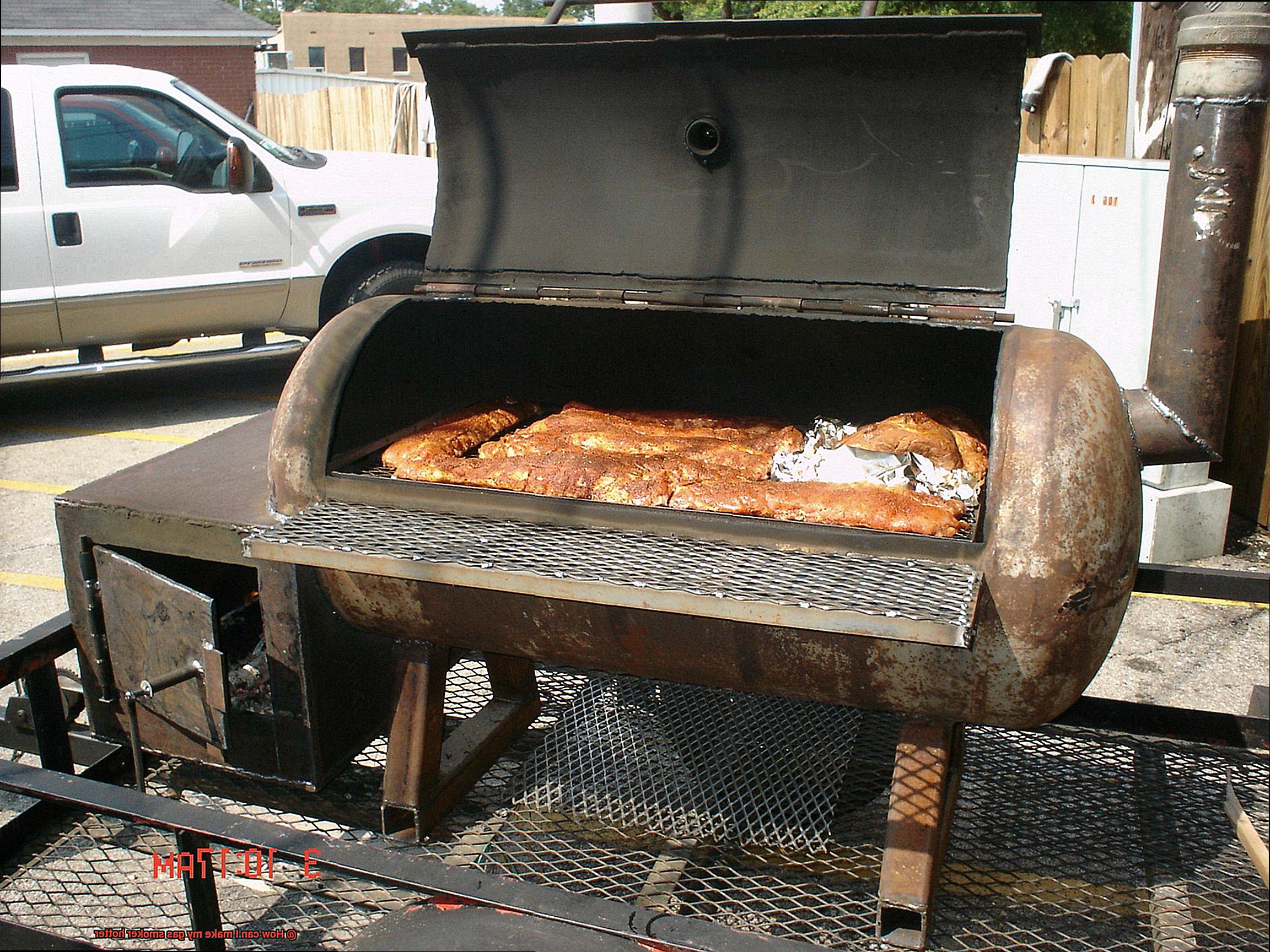
Gas smokers come in various sizes and shapes, with some models having multiple racks for smoking large quantities of meat. They typically have a burner at the bottom that heats up the wood chips or pellets, creating smoke that infuses the food with flavor. The temperature in a gas smoker can be adjusted using a control knob, allowing you to maintain a steady temperature throughout the cooking process.
One of the biggest advantages of gas smokers is that they are easy to use. Unlike traditional smokers that require constant monitoring and maintenance, gas smokers require minimal attention once they are set up. Plus, they’re more versatile than traditional smokers, allowing you to cook a variety of foods at different temperatures.
However, some people argue that gas smokers do not produce the same smoky flavor as traditional smokers. While this may be true to some extent, there are ways to enhance the flavor when using a gas smoker.
Firstly, it’s essential to ensure proper airflow in your gas smoker. This is crucial for maintaining a consistent temperature throughout the cooking process. To improve airflow, start by cleaning the air vents and making sure they are not blocked by any debris. Additionally, adjust the placement of the smoker in relation to any surrounding objects or walls that could obstruct airflow.
Secondly, consider using high-quality wood chips to increase the temperature in your gas smoker. Different types of wood chips burn at different temperatures, so it’s important to choose one that will produce the heat you need. Some popular options include hickory, mesquite, and applewood.
Lastly, investing in a high-quality smoker thermometer can help you monitor the temperature inside the smoker more accurately and make adjustments as needed.
Understanding Airflow
Then it’s time to dive into the world of airflow. As an expert in understanding airflow, I can tell you that it plays an essential role in achieving perfectly cooked meat with that mouth-watering smoky flavor.
So, let’s get into the nitty-gritty of how airflow works in a gas smoker. The vents and dampers are the gatekeepers of oxygen flow, affecting the temperature inside the smoker. More oxygen means a hotter temperature, while less oxygen cools things down.
But it’s not just about the amount of oxygen. The position of the vents is equally important in regulating airflow. The bottom vent should be fully open to allow for maximum airflow, while the top vent should be partially closed to create a draft and draw smoke through the meat. Think of it as a dance between hot air and smoke, and the vents are the choreographers.
Why all this fuss over airflow? Different types of meat require different temperatures for optimal cooking. Chicken needs to be cooked at a higher temperature than beef or pork. So, adjusting the airflow is crucial to getting that perfect cook on your meat.
Cleaning the Air Vents
Are you tired of lackluster results and inconsistent temperatures from your gas smoker? It’s time to get down to the nitty-gritty and clean those air vents.
Why is cleaning the air vents of your gas smoker so important? Over time, dust, grease, and other debris can accumulate in the air vents, restricting the flow of air to the burners. This restriction can lead to uneven cooking temperatures and longer cook times, which is a recipe for disaster.
To prevent these issues from occurring, it’s crucial to regularly clean your air vents. Start by turning off the gas supply and letting the smoker cool down completely. Then, remove any cooking surfaces or grates to access the air vents. Use a soft-bristled brush or a vacuum cleaner with a brush attachment to remove any debris from both the intake and exhaust vents thoroughly.
But what if your air vents are particularly clogged or dirty? Fear not. Consult your smoker’s owner manual for instructions on how to safely remove and clean them more thoroughly.
Regularly cleaning your gas smoker’s air vents will not only help it heat up more efficiently but also extend its lifespan by preventing damage from overheating or other issues. Don’t forget about this crucial step in your regular maintenance routine for optimal performance and delicious results.
In summary, follow these steps to clean your gas smoker’s air vents:
- Turn off the gas supply and let it cool down.
- Remove any cooking surfaces or grates.
- Use a soft-bristled brush or vacuum cleaner with a brush attachment to remove debris from both intake and exhaust vents.
- Consult your owner manual if vents are particularly dirty or clogged.
Adjusting Placement for Optimal Airflow
Adjusting the placement of your gas smoker is the key to achieving optimal airflow and hotter temperatures.
First and foremost, location is everything. Choose a well-ventilated area that is free from any obstructions to allow for air to circulate freely around the smoker. However, be mindful of wind – it can have a significant impact on your smoker’s temperature. Avoid placing it in a particularly windy area and opt for a sheltered spot where you can control the airflow.
Consider the direction of the wind when positioning your smoker. Positioning it so that the wind blows across the smoker’s vent rather than directly into it creates a draft that pulls smoke and heat through the cooking chamber, resulting in a hotter and more evenly heated smoker.
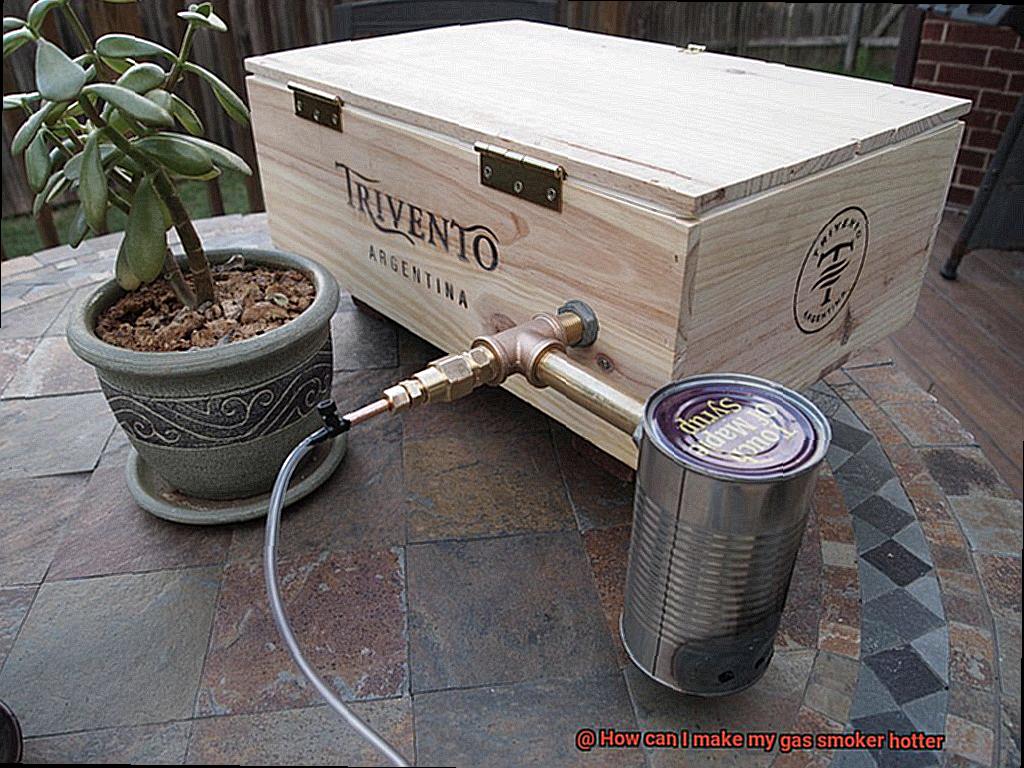
Stability is also key to achieving optimal airflow. Any wobbling or instability can cause problems with airflow, resulting in uneven heating and lower temperatures. Before firing up your smoker, use a spirit level to ensure that it is perfectly level.
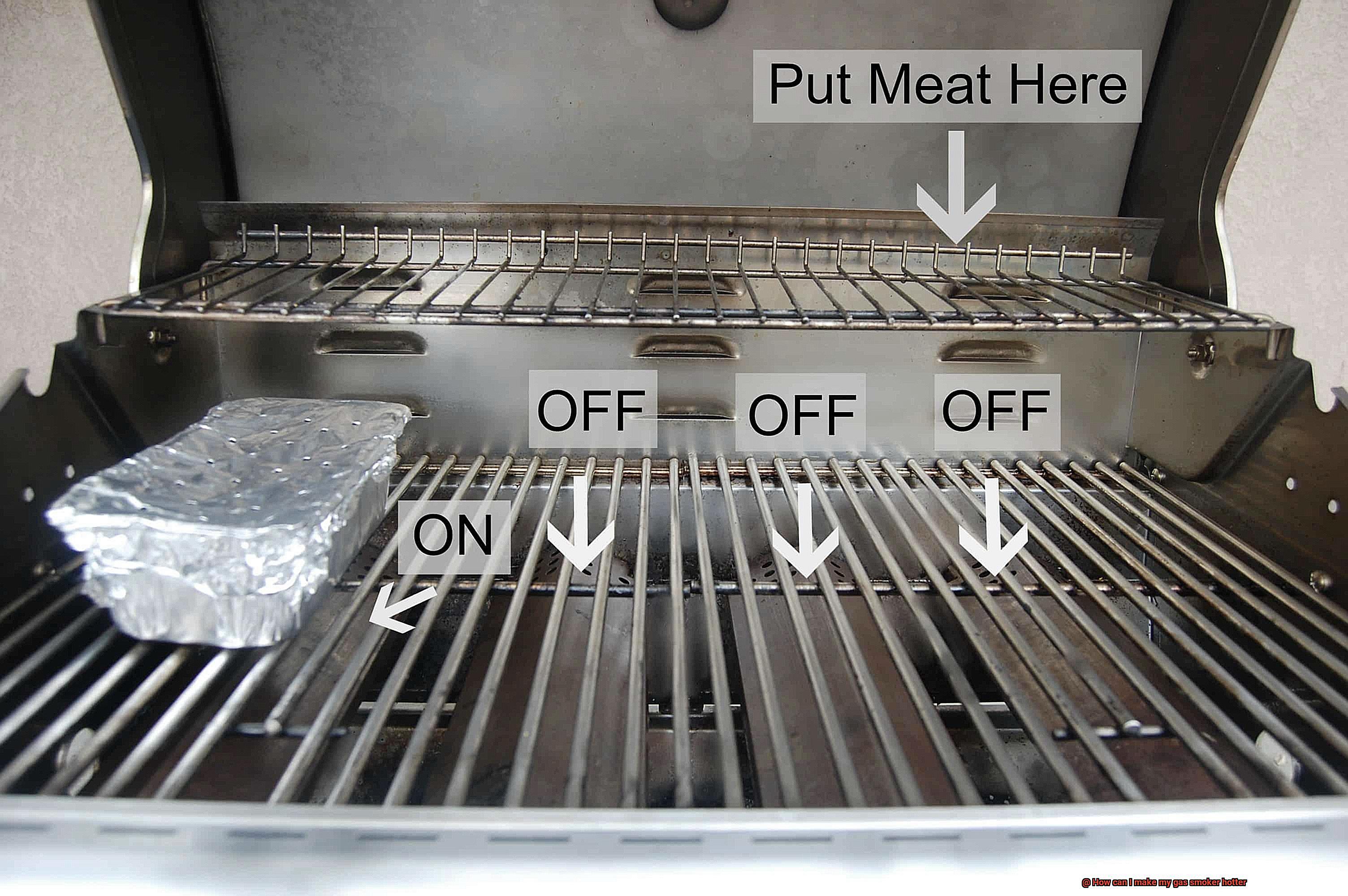
And don’t forget about regular maintenance. Clean those air vents regularly for optimal airflow – check out our previous section content for more information on that topic.
Choosing the Right Wood Chip
You want to achieve that perfect balance of heat and flavor, but with so many options out there, it can be overwhelming. Fear not, my fellow pitmasters. As an expert on the matter, I’ve got you covered with some factors to consider when selecting the right wood chip for your gas smoker.
First and foremost, it’s crucial to choose the right type of wood chip. The type of wood you select will influence both the flavor and temperature of your meat. Hardwood chips are your best bet as they burn hotter and longer than softwood chips. Hickory, oak, and maple are popular choices that provide a robust flavor profile. On the other hand, softwood chips like pine or cedar can produce too much resin and sap, which can ruin the taste of your food.
The size of your wood chip also matters when it comes to temperature control. Smaller chips will burn faster and hotter than larger chunks, so if you’re looking to increase the temperature quickly, opt for smaller chips. If you plan on smoking your meat for an extended period, larger chunks may be a better fit as they’ll last longer.
Soaking your wood chips in water is a controversial topic among pitmasters. While it can produce more smoke, it can also lower the temperature inside the smoker. If you’re looking to increase the heat, it’s best to use dry wood chips. However, soaking can add another layer of flavor to your food, so it’s worth experimenting with both methods to see which one works best for you.
It’s essential to avoid using wood chips that have been treated with chemicals or have any sort of coating on them. These chemicals can be harmful if ingested and can alter the taste of your food. Stick with natural, untreated wood chips to ensure a safe and flavorful BBQ experience.
Investing in a High-Quality Smoker Thermometer
Then, investing in a high-quality smoker thermometer is a must.
A smoker thermometer is an essential tool for any pitmaster or griller. It allows you to monitor the internal temperature of your smoker with accuracy and precision, resulting in perfectly cooked, tender, juicy, and full-flavored meats.
But why invest in a high-quality smoker thermometer? For starters, it can significantly improve the overall performance and temperature control of your gas smoker. With accurate temperature control, you’ll be able to maintain the desired temperature throughout the cooking process, ensuring that your meats are cooked to perfection every time.
When choosing a smoker thermometer, it’s important to invest in a model that is reliable, durable, and accurate. Look for models made from high-quality materials such as stainless steel with easy-to-read displays and features such as alarms and timers.
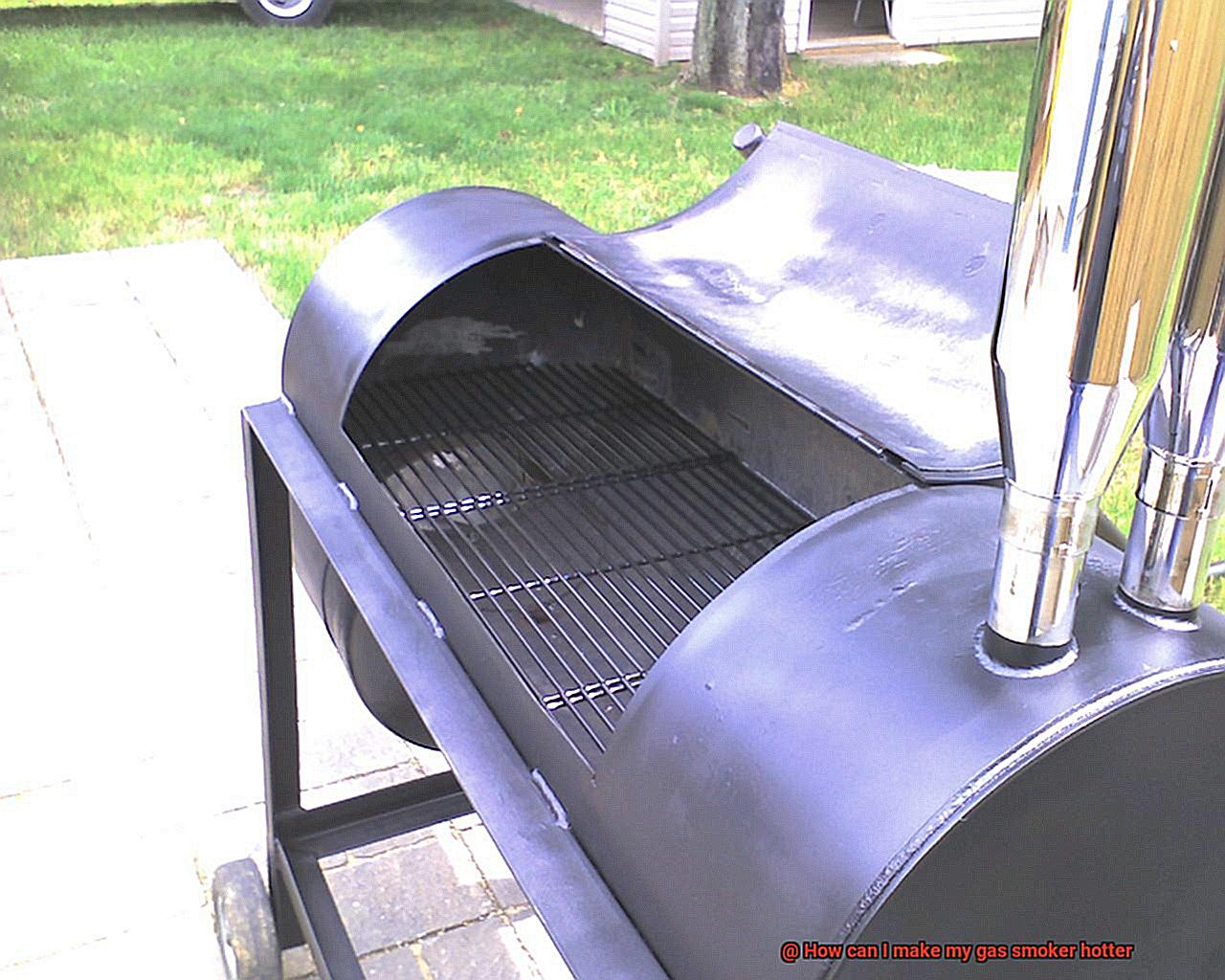
There are two popular types of smoker thermometers: digital probe thermometers and wireless thermometers.
Digital probe thermometers consist of a probe that is inserted into the meat or smoker and a digital display that shows the temperature readings. This enables you to monitor the internal temperature of your smoker accurately and keep it at the desired temperature throughout the cooking process.
Wireless thermometers allow you to monitor the temperature of your smoker from a distance. This feature can be particularly useful if you’re cooking large cuts of meat or smoking for extended periods.
Investing in a high-quality smoker thermometer may seem like an unnecessary expense, but it’s worth it. It can make a significant difference in the quality of your smoked meats, ensuring they are perfectly cooked every time.
Patience is Key
As a pitmaster or griller, you know that achieving the perfect temperature is key to cooking up succulent meats. However, when it comes to using a gas smoker, patience is the secret ingredient to success. Rushing the heating process can lead to uneven cooking or even damage to your smoker.
To get the most out of your gas smoker, keep in mind these tips:
- Gradual Heating: Resist the urge to turn up the heat to maximum. Instead, preheat your smoker for 15-20 minutes before cooking. This ensures that the temperature is consistent throughout and avoids any hot spots that can ruin your food.
- Research Ideal Cooking Temperatures: Different meats require different temperatures for optimal cooking. Poultry needs higher temperatures than beef or pork. Take time to research and adjust your smoker accordingly.
- Outdoor Conditions: Remember that outdoor elements like wind, humidity, or time of day can impact your smoker’s temperature. Be prepared to make necessary adjustments.
By practicing patience, doing your research, and being willing to make adjustments, you’ll achieve perfectly cooked meats every time. Treat your gas smoker like a trustworthy partner that will always deliver mouth-watering results.
Investing in a high-quality smoker thermometer can also help you achieve perfect temperatures and control over your gas smoker. Choose between digital probe or wireless thermometers made from durable materials with easy-to-read displays and features such as alarms and timers.
Tips for Maintaining Temperature Consistency
Here are some tips to ensure that your meat is cooked evenly and thoroughly every time.
Preheat the smoker
Before starting the smoking process, preheat your gas smoker to ensure that the temperature inside is consistent and ready for cooking. This will also help reduce the time it takes for the smoker to reach the desired temperature, saving you time and effort.
Clean the smoker
A clean smoker is a crucial aspect of maintaining temperature consistency. Leftover ash or debris can cause uneven heating, leading to fluctuations in temperature. Make sure to clean your smoker before use.
Use a good thermometer
Using a high-quality thermometer is essential for maintaining temperature consistency in your gas smoker. Place the thermometer in the center of the cooking chamber, away from walls or any food, for an accurate reading.
Check for air leaks
Air leaks can cause fluctuations in temperature, so make sure to check your gas smoker for any leaks. Ensure that all doors and vents are tightly closed and sealed properly to prevent any air from escaping.
Use a water pan
Adding a water pan to your gas smoker can help regulate the temperature by adding moisture to the cooking environment. It acts as a heat sink, absorbing heat and preventing temperature spikes, keeping your meat moist and tender.
Avoid opening the smoker frequently
Opening the smoker too often can cause heat loss and fluctuations in temperature, making it harder to maintain consistent cooking times. Instead, use the thermometer to monitor the temperature inside and make any necessary adjustments without opening the smoker.
UIt2h_l9kf0″ >
Conclusion
In conclusion, the key to mastering your gas smoker and achieving that perfect smoky flavor is all about temperature control. With our expert tips and tricks, you’ll be able to elevate your BBQ game and impress even the toughest of critics.
To start, make sure to clean your air vents regularly for improved airflow. Additionally, adjust the placement of your smoker for optimal ventilation. Choosing high-quality wood chips that burn at the right temperature is also crucial.
Investing in a high-quality smoker thermometer will give you accurate temperature control, allowing you to monitor and adjust as needed. And don’t forget about patience – heating up your smoker takes time but it’s worth it for those mouth-watering results.
Consistency is key when it comes to maintaining temperature. Preheat your smoker, use a good thermometer, check for air leaks, use a water pan to regulate temperature, and avoid opening the smoker frequently.
By implementing these tips into your barbecuing routine, you’ll become an expert in making your gas smoker hotter than ever before.

